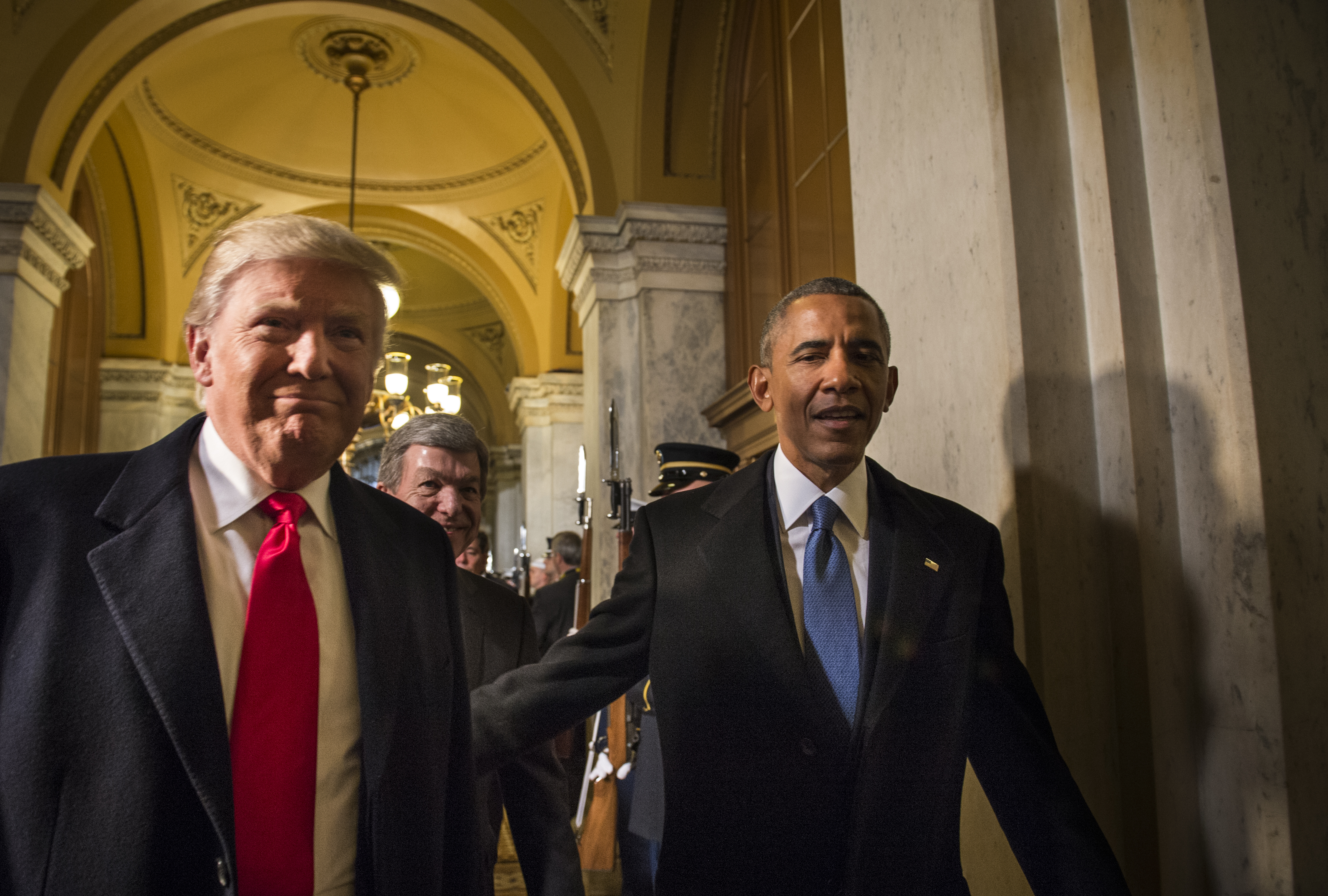While both liberals and conservatives have historically drifted from their party’s norms about states rights in order to maneuver their agendas, Trump’s use of executive orders has been particularly pernicious. Ever since the days of Federalists such as John Adams and Alexander Hamilton arguing with Anti-Federalists like Thomas Jefferson, the debate about the role of the federal government versus the role of state governments within the United States has been contentious. The Tenth Amendment delineates powers not expressly listed in the Constitution to the jurisdiction of the states and people within them. It has served as an integral mechanism in upholding the Constitution’s integrity and preventing the federal government from amassing too much power. In recent years, conservatives have forwarded states’ rights arguments, with the aim of keeping the federal government small and reserving the maximum amount of legislative decisions for states. On the other hand, liberals historically have advocated for larger federal governments. Comparing Donald Trump and Barack Obama’s presidencies demonstrates that both ideological groups will utilize unique powers to pass their political agendas despite conventional norms about the role of government. However, President Trump’s executive power differs from President Obama’s in its targeting of specific groups.
Both President Obama and Trump have utilized executive orders in order to pass politically difficult legislative actions. Conservatives frequently criticized any actions taken by President Obama that they deemed too intrusive into the realm of state government. For instance, in 2012, President Obama announced the Deferred Action for Childhood Arrivals Executive Order. The order allowed child immigrants who arrived here to stay—regardless of documentation—in order to prevent breaking up families and to allow children to attain education and work without fear of deportation. This program, however, received much criticism for interfering with states’ decisions about immigration. Despite criticism, states were able to modify the order. Some states, such as California, further bolstered the program by allowing DACA recipients to get driver’s licenses; other states, such as Arizona, said they would prevent DACA recipients from receiving benefits. Among other perceived overreaches include Obama’s creation of the Clean Power Plan, which placed federal regulations on energy usage. This was enacted after Congress failed to pass Cap and Trade legislation, which would have allowed them to regulate the amount of greenhouse gas companies could emit. Reigning over a Congress as a force to be reckoned with, the Freedom Caucus took it upon itself to vehemently oppose President Obama’s policies. As such, many of his executive actions were meant to enact policies without having to interact with Congress. Trump’s executive action, however, more perniciously aims not only to avoid Congressional bureaucracy but to target those he perceives as dangerous.
Despite the notion that conservatives value states’ rights, President Trump’s administration has expanded executive powers in many of the very same realms that President Obama was criticized for. He has said he will revoke federal funding from “Sanctuary Cities”—cities that do not abide by his executive order on immigration—and will increase Immigration and Customs Enforcement’s presence in these areas. Evidently, he is reducing state sovereignty on immigration, just as President Obama did. Moreover, Attorney General Sessions has said he will crack down on states where marijuana is legal, and impress orders of more arrests. This clearly reduces state’s ability to have individual drug policies. This is initial evidence of how Trump’s executive actions differ from Obama’s—in his targeting of immigrants, and drug criminals, the majority of whom are targeted are people of color.
Moreover, while campaigning, most of Trump’s central proposals focused on expanding the central government’s power. He promised to both increase tariffs, in order keep jobs in the U.S., and to register Muslims and eventually ban them from entering the country. He also had said he would roll back the Clean Power Act, which would require him to replace this with alternative regulation. Indisputably, Trump’s position on tariffs and regulations contradicts that of most conservatives view of the role of government.
What is fundamentally different about Trump’s executive overreach? On the surface, it demonstrates that both parties will utilize unique powers to pass their political agendas despite conventional norms about the role of government. But more specifically, Trump’s executive action is, at its core, a policing mission. It is aimed to ‘Make America Great Again,’ or return power to those who feel as though their jobs have been taken by globalization or immigrants. By promising to impose tariffs on companies that take jobs overseas, and by reducing environmental regulations, he aimed to appeal to those who have lost factory jobs or coal jobs. By preaching a Muslim ban, he intends to appeal to those that perceive the entire religion is radical and violent.
Central to his promises to crack down on sanctuary cities and bring back coal jobs, is a goal of playing on the fears of his populist voters. He aims to appeal to those who feel threatened by perceived influxes of immigrants, or of globalization. By sending more cops out to search for undocumented immigrants, or by increasing the penalties for drug crimes, which disproportionately affect citizens’ of color, Trump is attempting to restore his distorted view of justice.
President Trump’s executive power differs from President Obama’s dangerously, as it is an attempt to make the government more powerful ways that target certain racial groups in order to restore a perceived imbalance for others.
